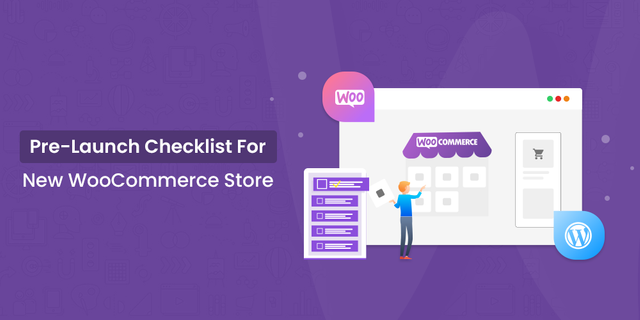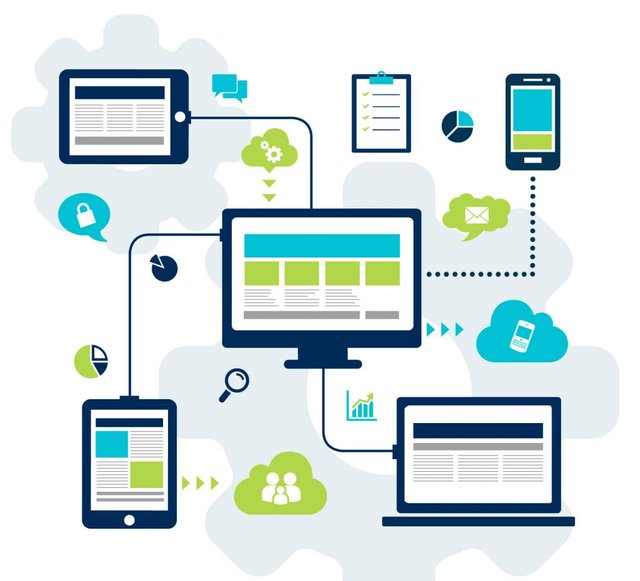Pre-Launch Checklist For New WooCommerce Store

Launching an eCommerce store is a strategic process too, unlike what people think. There are some things you need to do to guarantee a non-bumpy ride into the market and earning customer trust. It includes product imagery, navigation, security certifications, website copy, and more.
Building an eCommerce store would require an eye-to-detail and not missing out on anything that can make and break the experience on the site. To help you in the course, here is a list of things you would be required to give attention to while launching an eCommerce store with WooCommerce. So, let’s first start with WooCommerce and how you can create a store over it.
WooCommerce – What Is It?
WooCommerce is a very popular software that makes selling products and services easy. It is a trusted platform that provides you amazing tools to build a robust eCommerce store and offers you maximum flexibility to better manage your business.
While launching an eCommerce store over WooCommerce, you may miss out on the following things. So, here is detailed information and the WooCommerce Store Checklist that you can use to plan your launch better.
1. Review The Brand Colors And Imagery
Website design is one of the most crucial things for an eCommerce store. It is because the more easeful the browsing is, the more people spend time on it to search for the products they would like to purchase. It ensures customer retention; you must make sure things that you put on your store other than the product, such as the buttons and features, should be functional, straightforward, and should add value to the experience. So, before you launch:
- Make sure the brand colors are consistent on every page of your eCommerce store.
- Use good quality images without burdening your site; read our blog on how you can optimize photos without compromising on quality.
- Add a favicon; this would allow your users to save your site and come back anytime they want to buy any product. You can use a plugin like WP Retina 2X too.
2. Easy Navigation And Site Search
Once your potential buyers land at your store, it is essential that they must spend time browsing through the product. This requires you to make sure the overall navigation and functionality are up to the modern standards of an eCommerce store.
- Utilize the homepage to attract their attention, use the best product images, videos, and catchy text to hold them.
- Display your best-selling products.
- Provide information on the latest discounts and offers.
- Make communication easy with accurate information about the address, email address, and phone number.
- Add 404 pages so that they can head back to the store in case they clicked on a bad link.
- Make checkout and accessibility to cart easy. Provide useful information to the customers for minimizing distractions and allowing customers to easily purchase from you.
- Reduce the loading time by optimizing your website down to two seconds.
3. Store Functionality
The overall functioning of the WooCommerce store is important. Navigation helps people to reach pages, but if the store isn’t functional, people might face problems placing the orders from your store. You must map your customer journey to make sure every touchpoint is well-functioning in the store.

- Check all your links on the page, including the ones in headers and footers that should function properly (including external site links).
- Fill the contact form and see if the submission process is working smoothly.
- Use call to action buttons for evoking the desired action from your potential buyers. (Read our blog: Ecommerce Call To Actions – Tips To Make The Most Of CTAs In 2021)
- Offer multiple payment gateways; people use various ways to pay for the products.
- COD, credit/debit cards, e-wallets, UPI, PayPal, Stripe, etc., are useful to make shopping easy with you.
4. Ensure Site Accessibility
Ensure your website is accessible to people with disabilities. Technology is making it so much easier for specially challenged people to become more independent. There are global initiatives running along to make sure the digital environment becomes more welcoming and accepting of disabilities.
There are some free plugins such as Accessible that you can use. Start with the WordPress Accessibility test to check for WCAG and ADA compatibility. Once approved, you can add an accessible element and optimize your website by adjusting the following elements.
- Make page titles and headings clear.
- Add alt text to the image and make link text more descriptive.
- Choose easy-to-read fonts such as Arial, San Serif, Calibri, etc.